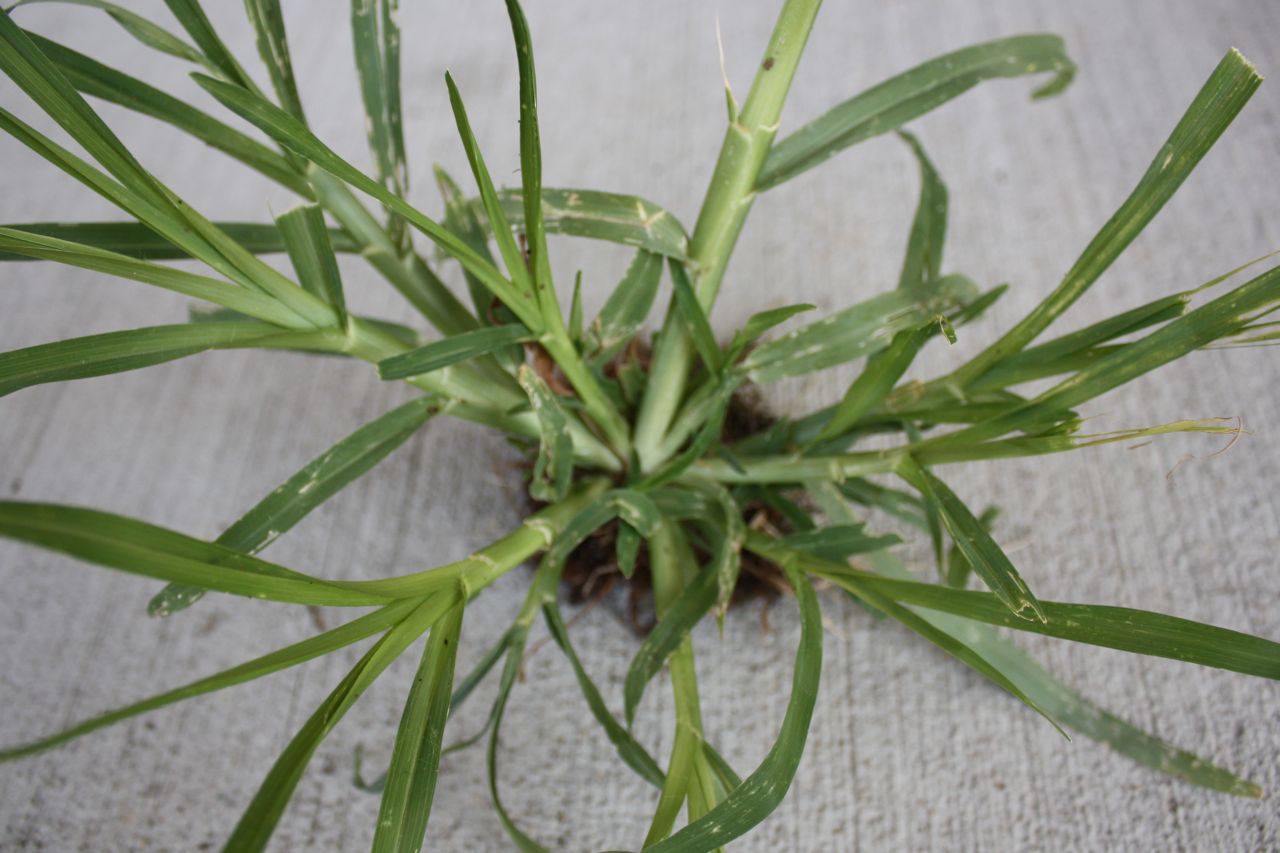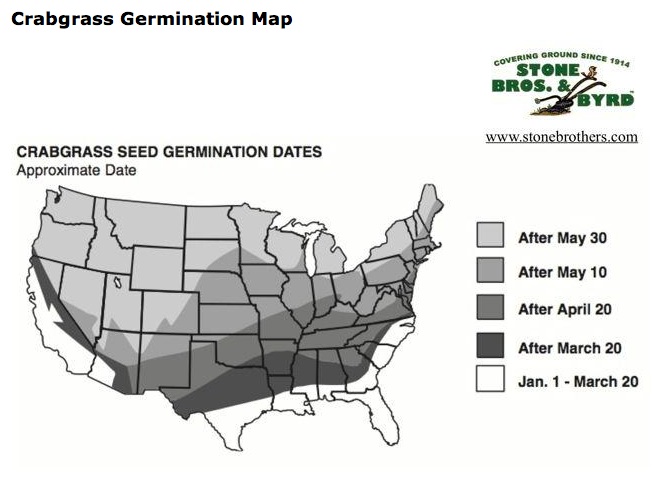Just the mention of the word sends folks into a decline…crabgrass. It’s a tough and invasive annual weed that will take hold of your turf in the blink of an eye. You’ve worked hard to establish a weed-free environment and despite your best efforts, you’ve been run over with the long and unsightly tentacles of digitaria. What went wrong?

Organic or Synthetic Weed Control?
Maintaining a weed-free environment takes year-round oversight. That doesn’t mean you have to spend all of your waking hours micro-managing each blade of grass. To the contrary…with a well-planned strategy, you should be able to take reasonable care with minimal applications of herbicides. There are two basic categories of turf care that can be pursued: Organic and Synthetic. Both have positive aspects and drawbacks. Organic solutions leave a smaller environmental footprint and deliver good results. Often, they require multiple applications at a heavier rate and for this reason, they can an expensive alternative. Synthetic herbicides offer very good and cost-effective results when applied correctly. The environmental footprint is great and care should be used not to over-apply. For the purpose of this article, we will take a deeper look at synthetic options.
Pre-Emergent and Post-Emergent Weed Control
Weeds go through cycles of life and require different control treatments depending on their current stage. Perennial weeds like Dandelions have cycles of active growth and dormancy. The germinated weed does not die, but rather, remains in a dormant state during the winter period. Annual weeds, like crabgrass, actually die-off every year. However, they deposit seed which lays fallow throughout the winter season. This difference between a germinated yet dormant plant and an ungerminated seed is significant and determines the path forward. Crabgrass seed hunkers down during the winter until the ground temperature reaches the mid 50’s. The ground temperature is different from the air temperature. Depending on your location in the United States, germination can begin anytime from January through May. Take a look at the map below for detail:

The term Pre-Emergent is a bit misleading. Pre-emergent herbicides like Prodiamine and Dythiopyr do their work not prior to germination or emergence….but JUST afterwards. They form a vapor barrier that hovers just above the ground and as seed begins to germinate, these pre-emergent herbicides act to sterilize the young plant prior to the bi-foliar stage. This all happens at a very early point…and for all intents and purposes, it is “pre-emergent.” These agents are also non-selective, which means that they will sterilize any and all seeds and the vapor barrier is active for 2-3 months. Great care must be taken to not sow any desired seed during this period. If you throw grass seed during the active period, do not expect germination. While these herbicides are non-selective, different ones tend to perform better on certain weeds. Prodiamine is an excellent choice for crabgrass, poa annua, chickweed, goosegrass, henbit, johnsongrass, purslane, spurge, woodsorrel and many others. In addition to these weeds, when dealing with sandburs, it is recommended that Dithiopyr is used. The strength of the vapor barrier of dithiopyr is needed to combat the extra-tough stickers.
A regimen of pre-emergent herbicide applications will do a great job on weed control. But despite your best efforts, you will most need some post-emergent help as well. This boils down to one certainty: Mother Nature Always Wins. But don’t be discouraged that your pre-emergent efforts did not control 100% of your issue. Once air temperatures reach 70 degrees, you can begin to apply post-emergent herbicides to eliminate crabgrass and other weeds. Strong and effective products like MSMA require two applications but deliver fantastic and dependable results.

Leave a Reply